| Parque Histórico Militar Morro-Cabaña
It constitutes a historical and military park, formed by the fortresses of El Morro and La Cabaña. Together they make the largest museum in the country. It displays two thematic halls. The first provides the visitor with information on the history of shipping in the Havana Harbor, while the other treasures the most important collection of antique weapons in Cuba.
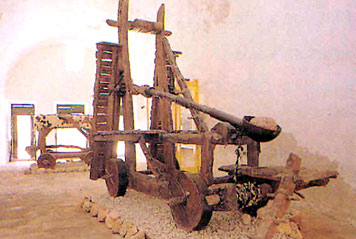
Address: Carretera de La Cabaña, Eastern Havana
Museum of Decorative Arts With an excellent taste, the Museum of Decorative Arts exhibits in its spacious rooms valuable works of European and Oriental art dating back to the 18 th to 20 th centuries. Among its collections, you will find very carefully preserved furniture, ceramics, porcelains, paintings, and sculptures as well as works of applied arts.

Address: Calle 17 # 502, esquina a E, Vedado
National Museum “Castillo de la Real Fuerza”
This museum is housed by the oldest military fortress in the Americas, which construction dates back to 1577. This fortress used to be the residence of the Spanish colonial governors. The so-called “homage tower” serves as pedestal for the worldwide known statue of La Giraldilla, symbol of the Cuban capital. The museum exhibits works of renowned Cuban artists such as Amelia Peláez, Wilfredo Lam, and René Portocarrero, among others.
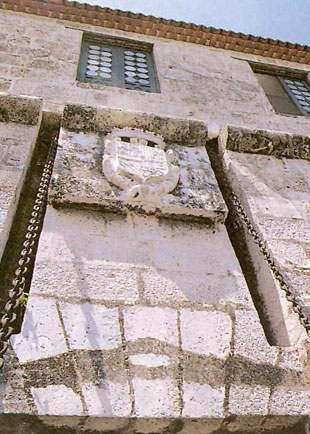
Address: Calle O’Reilly and Avenida del Puerto, Old Havana
Museum of the City The museum of the city has permanent exhibition halls with collections of arts and history of the colonial times and of the beginnings of the 20 th century. It is located in the ancient Captain General’s Palace, seat of the Spanish governments in the island from 1781 to 1899 and of the presidency of the republic from 1902 to 1920.
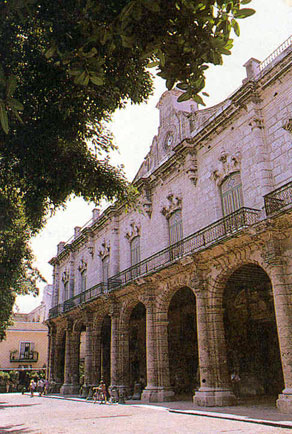
Address: Calle Tacón # 1 between Obispo and O’Reilly, Old Havana
National Fine Art Museum The National Fine Arts Museum was created in 1913 and in 1955 it was moved to the building that currently houses the collection of Cuban art. It has been recently restored and extended. The collections of universal arts are now housed in the former Asturian Center. The exhibition areas treasure collections of Cuban and European painting, which harmonize with works of art of ancient Greece, Egypt, and Rome. This is one of the most frequented museums of the city.
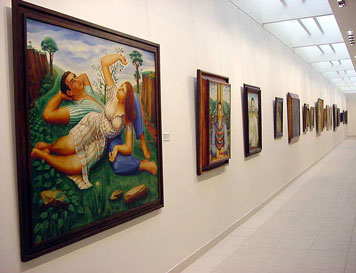
Address: Trocadero between Zulueta and Monserrate, Old Havana
National Museum of Natural History
It is located in the National Capitol and constitutes the most important entity of its kind in Cuba. Among its well-preserved collections are those of flora and fauna, anthropology, archeology, entomology, mineralogy, and an excellent collection of natural history.
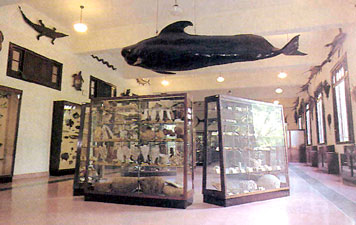
Address: Paseo del Prado between Dragones and San José, Old Havana
National Museum of Music
The National Museum of Music exhibits collections that provide the visitor with a great deal of information about the transformations of music and musical instruments in the country from the 16 th century. The visitor will be able to appreciate unsuspected works of art and musical scores.

Address: Capdevilla # 1 between Habana and Aguiar, Old Havana
Museum of Colonial Art
It exhibits furniture, stained glass, and porcelain collections as well as many other carefully preserved objects. The house where it is located was built in 1720 and belonged to Don Luis Chacón, a citizen of Havana that came to be the Military Governor of Cuba three times.
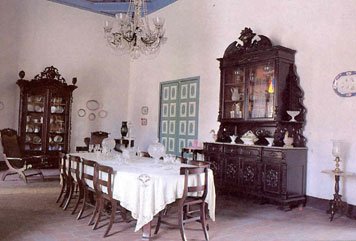
Address: San Ignacio # 61, Cathedral Square, Old Havana
Historical Museum of Sciences “Carlos J. Finlay”
Its building has been declared National Monument. From 1868, it housed the Real Academia de las Ciencias Médicas, Físicas y Naturales de La Habana and from 1874, it has housed the oldest museum in Cuba. The visit provides a panorama of sciences in Cuba and internationally. Its library treasures about 100 000 volumes. The museum also houses a reproduction of a pharmacy of the 19 th century.
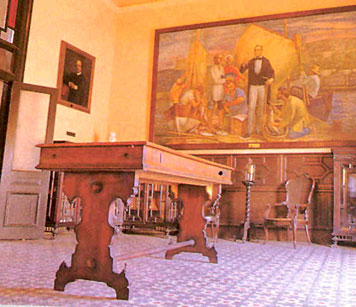
Address: Calle Cuba # 460 between Amargura and Brasil, Old Havana
Museum of Perfumes
Perfume and soap collections of the last two centuries are found in this former episcopal palace. Some of its collections travel back in time, with findings of archeological excavations, and some others come right to our days, represented by the brand Suchel, insignia of domestically produced perfumes and cosmetics.
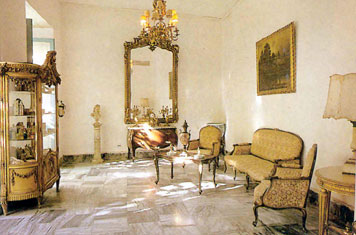
Address: Calle Oficios between Obispo and Obrapía, Old Havana
Casa de los Árabes y Aula de Cultura Árabe Islámica
It houses permanent expositions about the rich Arab Islamic culture. Outstanding elements are: the replica of an Arab market (Zoco) and an original prayer room devoted to the practice of Muslim faith in the city. The building has an exuberant colonial backyard ornamented with beautiful plants and flowers.

Address: Oficios # 16 between Obispo and Obrapía
Postal Museum of Cuba
Ancient writing means and valuable documents about post in Cuba await the visitor at the Postal Museum. It also treasures a vast and valuable universal philatelic collection and a room completely devoted to Cuban postage stamps.
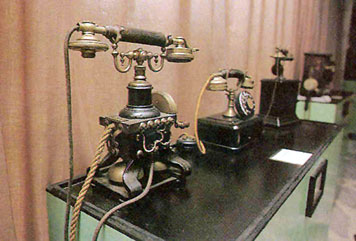
Address: Avenida de Rancho Boyeros and 19 de Mayo, Seat of the Ministry of Informatics and Communications, Revolution Square
“Ernest Hemingway” Museum
It is located in the house of the ranch where the American writer lived for many years. The house has been preserved as it was when Hemingway was living there; everything is kept just as he had it. Personal objects, tens of thousands of books and photographs, as well as some “trophies” won in his frequent hunting adventures are some of the attractions.
Address: Finca La Vigía, San Francisco de Paula, Havana.
Birth Home of José Martí
It was the humble birth home of Cuba’s National Hero, who also was one of the most outstanding figures of Latin-American literature of the 19 th century. It exhibits personal objects of the “Apostle”, whose spirit is felt in every corner of the restored house. There, you will enhance your knowledge about the life of José Martí and Cuban history in general.
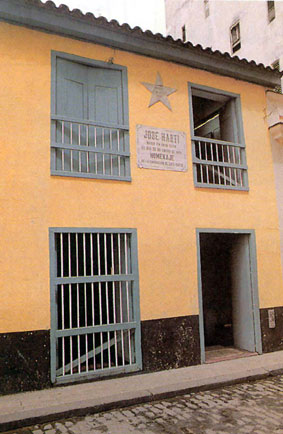
Address: Calle Paula # 314, Old Havana
Numismatic Museum
Located in the ancient Monte de Piedad (pawnshop), it exhibits the largest collection of Cuban coins in well divided sections representing the colony, the republic in arms, the American intervention, and later stages up to 1959, date of the triumph of the revolution. There, the visitor can also appreciate decorations, medals, and a complete history of numismatics.

Address: Calle Oficios # 8 between Obispo and Obrapía, Old Havana
Museum of the Revolution and Granma Memorial
Its rooms and open areas provide a vast and detailed panorama of the struggles of the Cuban people to achieve its complete sovereignty. The visitor will be able to admire the tank used by Fidel Castro during the Bay of Pigs invasion, supported by the United States in 1961, as well as the memorial which main attraction is the “Granma’” yacht
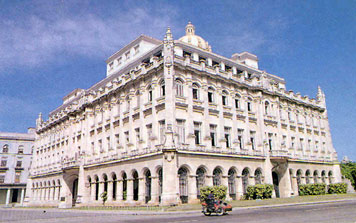
Address: Refugio # 1 between Monserrate and Zulueta, Old Havana
Latin-American Gallery “Haydee Santamaría”
It is sponsored by the renowned Casa de las Américas and is also supported by friendly donations coming from the Latin-American sub-region of the continent. Thousands of paintings, sculptures, photographs, and other objects become attractions complemented with film projections and cultural concerts.
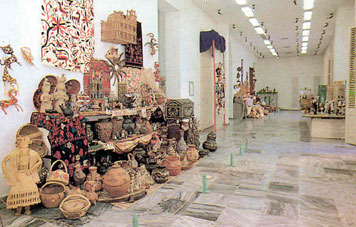
Address: Calle G (Avenida de los Presidentes) between 3 rd y 5 th, Vedado
Napoleonic Museum
It treasures a permanent exhibition comprising several collections of artwork, arms, furniture, fabrics, and other objects of the Napoleonic Period together with personal objects of Napoleon I himself. It is considered one of the most important of its genre in the globe.
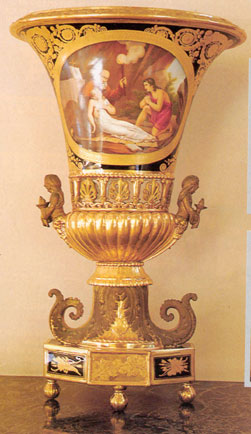
Address: San Miguel and Ronda, Central Havana
Centro “Wilfredo Lam”
Original works of the famous Cuban creator and of other renowned artists of developing countries stand out. This institution does research and promotes the visual arts of different regions of the world and particularly promotes the work of Wilfredo Lam, one of the most relevant exponents of Cuban culture.
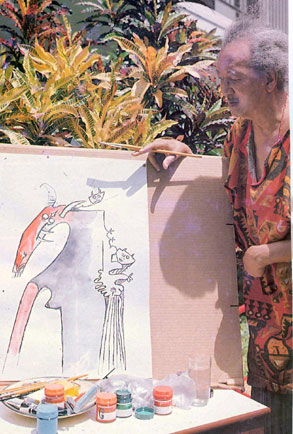
Address: Calle Oficios and Acosta, Old Havana
House of Africa
It possesses permanent halls about the culture of the sub-Saharan African people cultures. It exhibits genuine elements of the wide variety of Afro-Cuban religions. It is sustained with the collection of late Cuban researcher Fernando Ortiz and with presents made to the Cuban president Fidel Castro in his visits to several African countries.
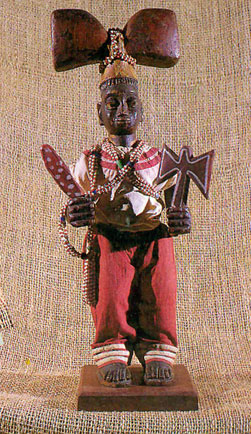
Address: Obrapía # 157 between Mercaderes and San Ignacio, Old Havana
Museo Municipal de Regla
It treasures all the history of the formation and development of the ultramarine town of Regla. It has been reasonably said that in the religious syncretistic cults the believers show veneration towards Yemayá, the Patroness of the Bay of Havana.
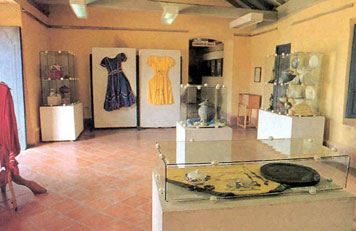
Address: Martí # 158 between Facciolo and La Piedra, Regla
Historical Museum of Guanabacoa
It houses one of the most complete ethnographic collections related to the Afro-Cuban religious cults. In its rooms, are exhibited objects belonging to the three basic cults: the Regla de Ochá, Regla de Palo or Palo-Monte, and the Secret Abakuá Society. In addition, it exhibits excellent furniture, glassware, and ceramics of the 19 th century.
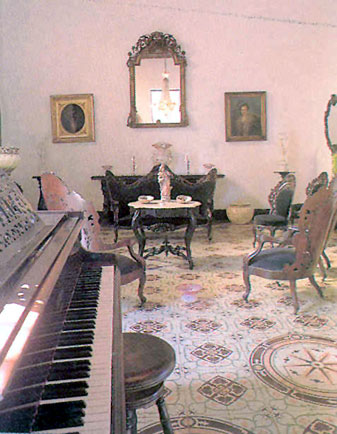
Address: Martí # 108 esquina a Lamas, Guanabacoa
Museum of Natural History
It was founded in the 19th century by the prominent scientist Felipe Poey and the museum displays unique fish dissected by Poey himself. It houses three permanent collections: Inside the Museum; Mammals, Birds, and Reptiles from Other Parts of the World; and History of Earth and Life.
Address: Obispo # 61 Arms Square, Old Havana
José Martí Memorial
It is located in the base of the monument erected to honor the Cuban National Hero in the Revolution Square of Havana. The “Apostle” is honored by means of permanent and transitory expositions that recall his prolific life. Moreover, it becomes an ideal place for other kind of events. It is a place we recommend to be marked as a must in your visit’s list.
Address: José Martí Revolution Square
|